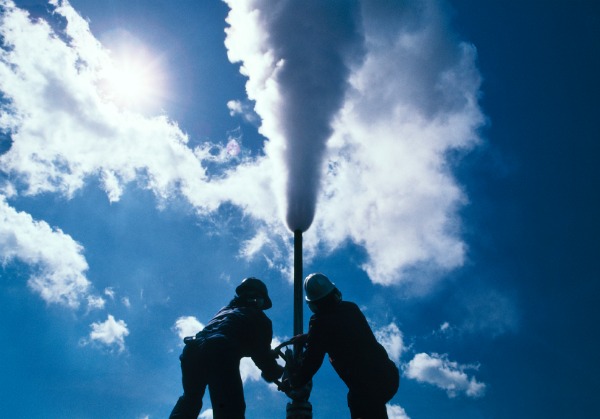Existing geothermal power plants are powered by a hot brine from deep within the earth's crust, which is just lousy with dissolved minerals — literally "half the periodic table," reports Scientific American. One of those elements is lithium, which can be extracted from the geothermal fluid that existing power plants in California's Salton Sea are already pulling out of the ground.
This is remarkable on many levels at once.
1. The world is desperately in need of more sources of the “rare earth” elements that are required to build advanced batteries and just about everything else in cleantech.
2. Usual hard-rock mining of lithium is terribly environmentally destructive, whereas this process isn't, because it relies on already-existing reservoirs of hot water to extract the mineral from rocks down below.
3. This process turns geothermal power, already an excellent source of emissions-free base load power, into a potential source of many of the minerals and metals required to build all those electric vehicles, wind turbines, and solar panels we'd like to see grow up alongside it.
4. This source of lithium is in California, close to ports, and not in some remote corner of China or South America.
The entire rundown of this process — which is happening now to the tune of 500 metric tons of lithium per year — is worth reading about at Scientific American.



